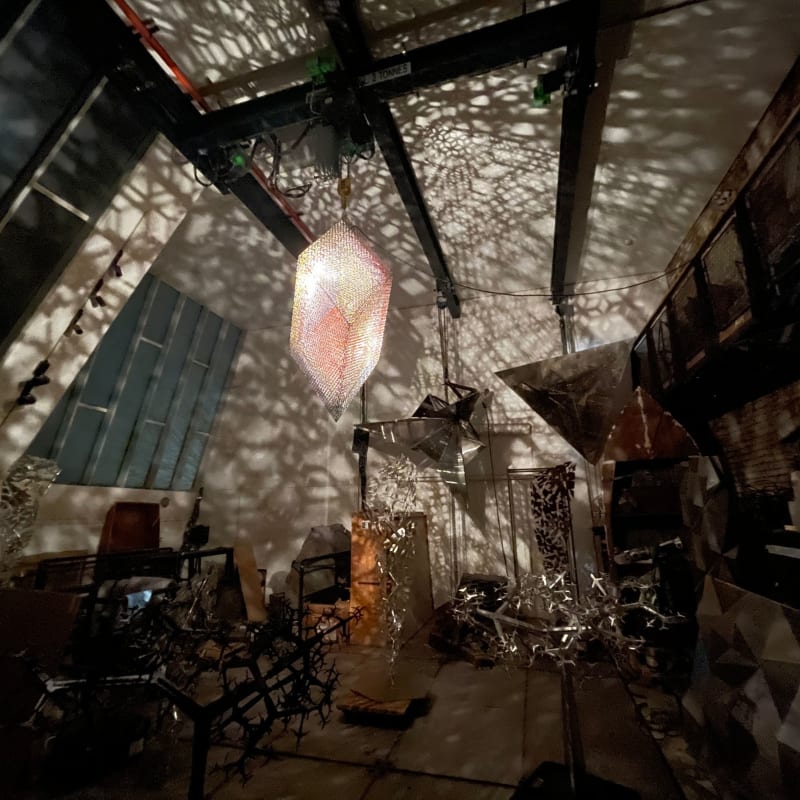The exhibition (22 October 2021–16 January 2022) showcases the kinetic light sculpture Slow Arc Inside a Cube XI, and ties into the artist’s fascination with and exploration of the principles of physics and mathematics.
The exhibition To the Edge of Time tells the story of the Big Bang theory, of Einstein's general theory of relativity, and Lemaître's thorough analysis. But the story still evolves, in constant interaction between new theoretical concepts and ever more detailed observations. In the 1960s, cosmic background radiation was observed for the first time, a phenomenon predicted by the Russian Georg Gamow. In the same period, Stephen Hawking developed the image of a universe that did not come into being in a preexisting time, but simultaneously with time. Our knowledge of the cosmos is still changing every day, and many scientists who contribute to this field are featured in the exhibition.
Theoretical physics constantly holds respected ideas up against unrestricted speculation and unexpected observations. Scientists as well as artists thrive in such an environment, where observations, intuitions, and established ideas are challenged continuously. In this way, new creative expressions interact with and question age-old myths. In this exhibition, contemporary works of art can be seen in dialogue with scientific objects that illustrate the development of the Big Bang theory and modern cosmology. Concepts such as time, space, dimensions, or the size of the universe, are examined from the point of view of science and art. The visitor’s perception is examined, and concepts such as illusion and truth are given a new, broader meaning.
The exhibition To the Edge of Time is the result of a collaboration between KU Leuven cosmologist Thomas Hertog (long-time collaborator of the late Stephen Hawking) and independent curator Hannah Redler Hawes. With the support of KU[N]ST Leuven and the External Relations, Conferences and Events Office of KU Leuven, they have made it into a beautiful and multifaceted exhibition.






